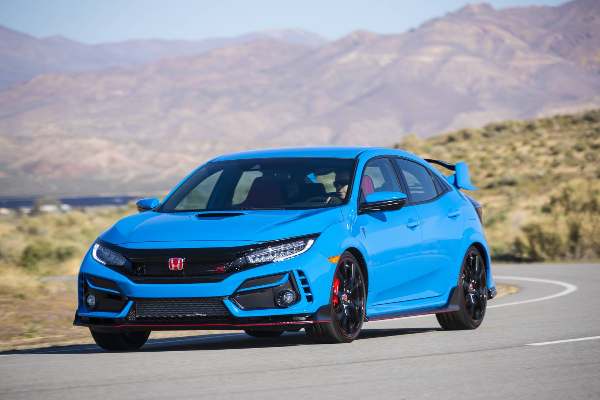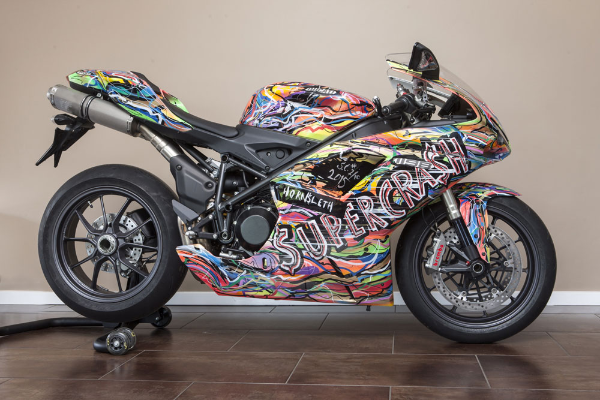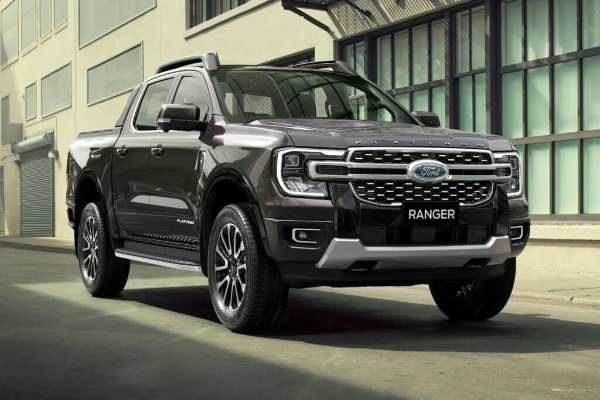2022 Nissan Qashqai 1.3T Acenta Plus (2022) pleasantly surprises
The third-generation Nissan Qashqai will compete fiercely in the local market soon, and the Japanese automaker has had to fend off rivals from every angle. DRIVEtorque was in South Africa recently. We put the brand-new mid-size crossover SUV to the test to see if it still has it, and we were pleasantly surprised.
All being well it should be in Zimbabwe by end of first quarter 2023
Fierce Competition
Nissan might be considered the inventor of the crossover, in some circles. When the Qashqai was first released in 2006, it immediately became popular due to its unique design combining a hatchback and a bigger SUV. The evidence is found in the hundreds of thousands of units sold.
The third-generation Qashqai has been available in Europe since 2020, so Zimbabwe had to wait a few years, but it seems like the wait was worthwhile because the new, to Zim, model has come with a variety of new features that are set to compete in a very crowded market area.
With its two-tone paint job, 19-inch wheels, and hefty cladding, the Qashqai achieves a sporty yet polished look. The deep v-shaped vents in the bumper mirror the grille's huge chrome V-shape, which commands attention from the front. There are sharp-edged LED lighting systems as well as the new generation Nissan badging on the front and rear of the vehicle.
The new Qashqai's exterior design includes black plastic cladding over the wheel arches and beneath the front and rear bumpers, which not only gives the vehicle an aggressive and sporty appearance but also gives it the ability to handle a hard gravel road.
This is a pretty nice car that will fit in equally well in a residential driveway and parked outside a posh bodega restaurant. The key reason it is regarded as the grandfather of crossovers is that it has both serious and lighthearted components that will appeal to a wide range of purchasers.
Interior
The Qashqai's interior is actually quite big and spacious, despite its initially dark appearance when you first open the door. Black leather seats with a quilted pattern and piano black trim panels give the car a distinguished touch and feel, while the black-on-black accents do make everything very dark and add to the sensation of luxury.
In an attempt to brighten things up, the door cards' dark grey panel inserts do so, but barely. The sheer amount of room surrounding you, whether you're the driver or a passenger in the front or rear, becomes extremely apparent when you slide in and become comfy. Approximately 504 liters of luggage may fit in the boot, which is also rather roomy.
Convenience and comfort
Nissan has advanced significantly in this area, introducing a variety of novel user interfaces and driver aid systems. When your smartphone is connected to Apple Car Play or Android Auto, you can now wirelessly charge it from the charging tray in the center console. Our journey up to the 12.2" infotainment screen begins with a push-button start and includes individual zone climate control.
The Bose sound system, which unhappily didn't sound as nice as the identical system in the Mazda, is controlled through the steering wheel's ergonomically sound controls, which are logically arranged. In addition to a lumbar massage feature in the driver's seat, there are numerous 12v and USB plugs to keep everyone's electronics charged. If you're not prepared, it will come as a surprise!
Performance
One drivetrain choice powers the third generation Qashqai's complete lineup. 1.3l 4-cylinder petrol engine and stepped CVT transmission are found under the hood. What is most unexpected about the unit's performance was that it produces 110kW and 250Nm. You may feel it underfoot, although CVTs typically reduce power delivery. Losses have been reduced to a minimum in this power train.
Unlike other cars where you cannot see the difference between modes, Nissan's Qashqai has three drive modes: Eco, Normal, and Sport. In the Qashqai, you can definitely feel and see the differences between the modes in action. Sports mode enlivens the steering and throttle responsiveness and keeps the CVT engaged for a longer period of time between "shifts". We do have one little quibble, and that is the mechanical thump that vibrates throughout the car when the CVT disengages during medium- to heavy braking and the vehicle comes to a stop.
Fuel Economy
The new Qashqai, according to Nissan, should have a combined cycle fuel economy of 6.9 l/100 km. Since we were unable to even get close to that statistic during our test—even when hypermiling in Eco mode—we can only assume that it was accomplished on a downhill with a tailwind. In combined cycle settings, our best fuel economy was 8.7 l/100 km, and our test-long average was 11.2 l/100 km.
Safety
With the availability of Level 1 autonomous driving along with a variety of driver aid and safety technologies, Nissan has truly made a huge stride in this area. The infotainment screen provides access to the side, rear, and front cameras. While the typical alphabet soup of technologies like ABS, TSC, and EBD handle the underpinnings, 6 airbags protect the occupants. Lane departure warning, adaptive cruise control, and tyre monitoring technologies are now also available to drivers.
Competitors
Even now, Zimbabwe’s busiest segments include this one. The Hyundai Tucson, Kia Sportage, Mazda CX-5, and Renault Koleos, Haval Jolion are in close proximity to the Qashqai in the same parking spot. Although there are a few others, these appear to be its main rivals and perform well in terms of the range's standard equipment.
Verdict
The Nissan Qashqai has very few shortcomings. It features a nice design, lots of fine fittings, a great drive, and is competitively priced. In spite of its cumbersome drivetrain and high fuel consumption, Nissan's crossover appears to have solidified its position as the industry's first and preferred model. If you're looking in this market, we strongly advise examining the Qas









